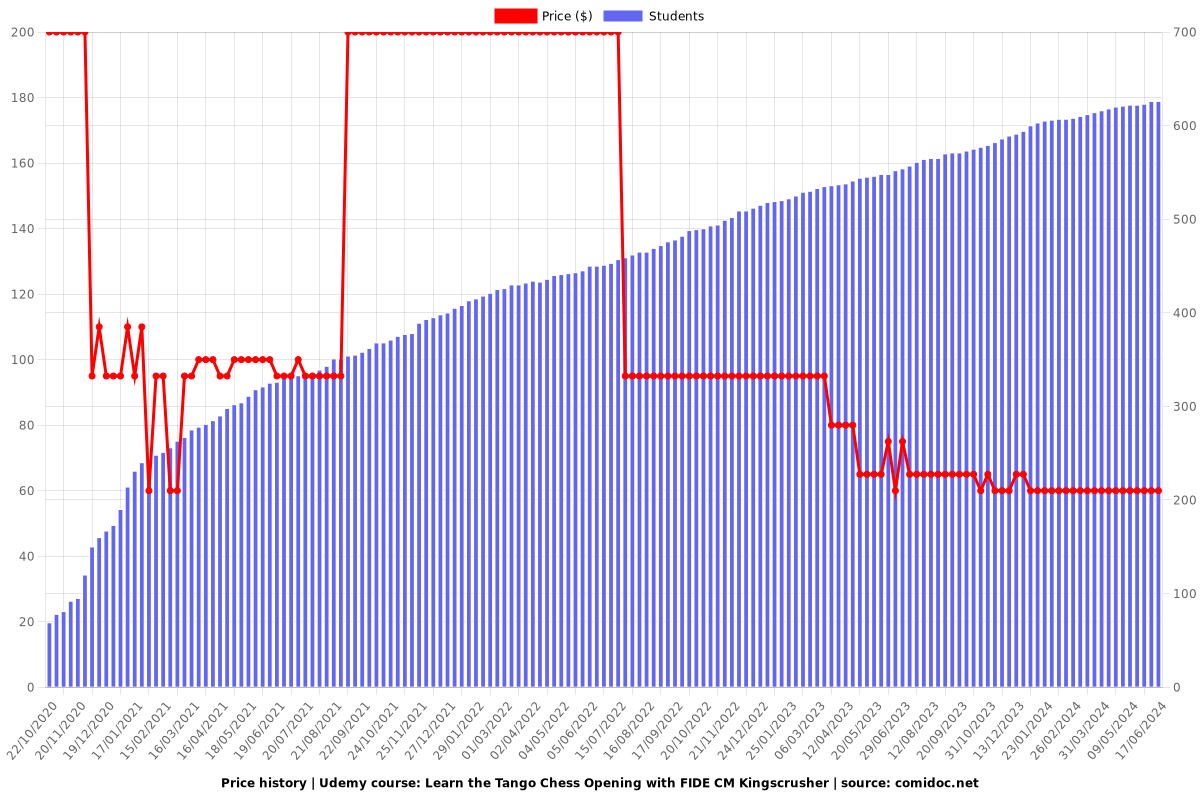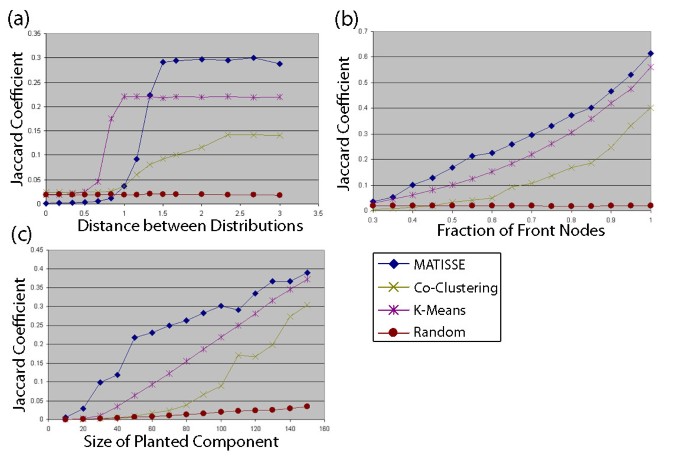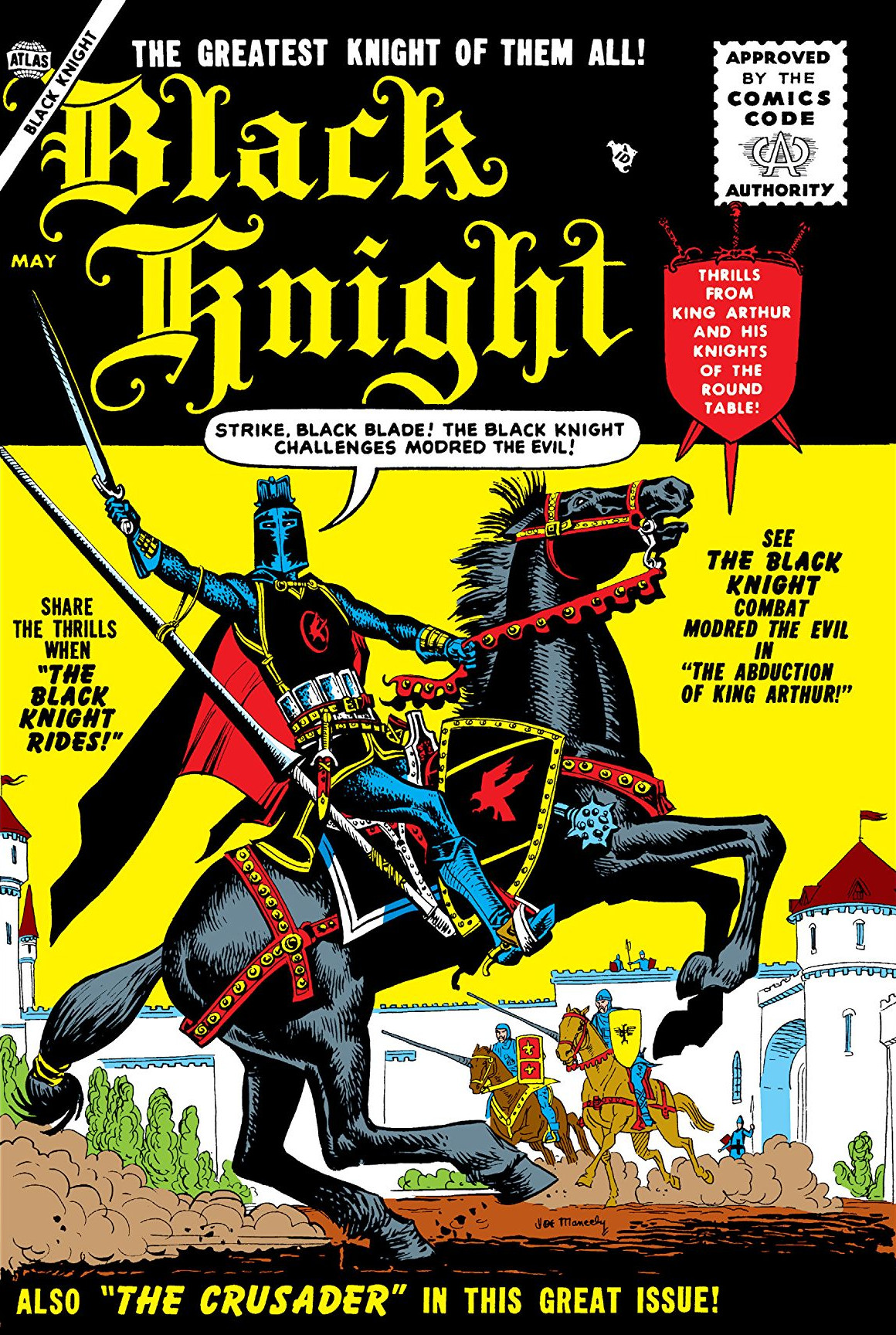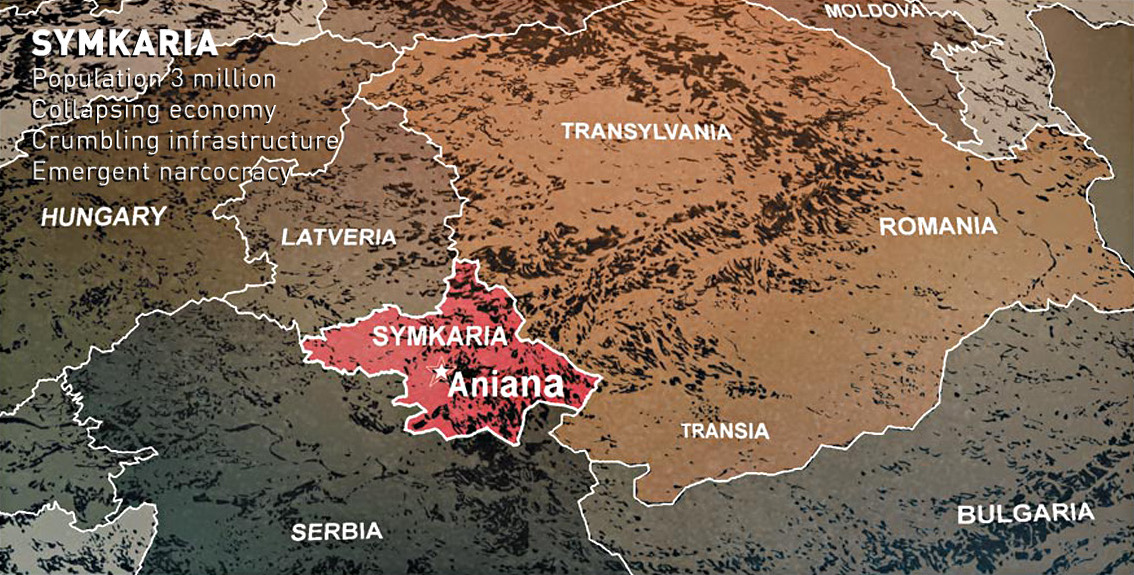

This is the same position as 1.e4 d5 2.Nc3, an obscure branch of the Scandinavian Defense. White's most common response to 1.d5 is 2.e4.

A third line is 2.e3, which Keilhack calls "the Müller game," when White hopes for 2.e5 (other moves are also playable, of course) 3.Qh5!?, e.g. Also possible is 2.Nf3 (and if 2.d4, 3.Ne4), a sort of Black Knights' Tango with an extra move ( Harding 1974:10). White can prevent 2.d4 by playing 2.d4 himself, but he then obtains a somewhat inflexible position in the Queen's Pawn Game with his knight blocking the c-pawn ( Kaufman 2004:469, 473). This is one of Black's best replies, occupying the center and undermining the unsettled position of White's knight. However, as of October 2018, for the 38,043 games with 1.Nc3 in 's database, White has a total winning percentage of 57.25% (55% won, 5% drawn, 40% lost), although it is still only the tenth most popular first move for White.

Of the 644 games with 1.Nc3 in 's database, White won 34.8%, drew 23.9%, and lost 41.3%, for a total winning percentage of only 46.75%. c3), the above-stated drawbacks make it an inferior way of attempting to exploit White's first-move advantage. Although 1.Nc3 develops a piece to a good square (unlike 1.Na3 or 1.Nh3), and does not weaken White's position (unlike, e.g., 1.g4 or 1.f3) or waste time (unlike, e.g., 1. In addition, after 1.d5, the knight's position is unstable because Black may attack it with. The reasons for 1.Nc3's lack of popularity are that it does not stop Black from occupying the center (while 1.Nf3 prevents 1.e5, 1.Nc3 does not prevent 1.d5 because the d-pawn is guarded by the queen), and it blocks White's c-pawn from moving, thus making it impossible to play c3 or c4 (which are often desirable moves) without moving the knight first. Some very strong correspondence chess players employ 1.Nc3 frequently, and it is occasionally seen over-the-board. The third-ranking 1.Nf3 is 66 times as popular. As of February 6, 2009, out of the over 500,000 games in 's database, only 644-about 1 out of every 780-begins with 1.Nc3. Although quite playable, 1.Nc3 is rarely seen it is only the eighth most popular of the 20 possible first moves, behind 1.e4, 1.d4, 1.Nf3, 1.c4, 1.g3, 1.f4, and 1.b3. The opening move 1.Nc3 develops the knight to a good square where it attacks the central e4 and d5 squares.

The German FIDE Master Harald Keilhack in his 2005 book on the opening states that it has also been referred to as the Romanian Defense, and that he prefers the neutral appellation "Der Linksspringer" or, in English, "the Knight on the Left" ( Keilhack 2005:7). Blackburne later played the opening himself against Josef Noa in the London 1883 international chess tournament ( Myers 2002:24–25). National Master Hugh Myers called it "Millard's Opening" after Henry Millard (1824–1891), a blind correspondence chess player who drew with the opening in a simultaneous exhibition against Joseph Henry Blackburne. Tim Harding refers to it as the "Queen's Knight Attack" ( Harding 1974:8). 1944) is a Slovenian International Master who often adopts this opening. Czech Jan Kotrč (1862–1943), editor and publisher of the magazine České Listy, said the opening was analyzed by English players. Sleipnir is Odin's ( Wotan in German) magical eight-legged horse, and chess knights are horses with up to eight different possible moves each turn. The appellation Sleipnir seems to come from Germany. The Dutch International Master and correspondence grandmaster Dirk Daniel ("Dick D.") van Geet (1932–2012) frequently played 1.Nc3, so it is often called the Van Geet Opening in the Netherlands. Dunst (1907–1985), giving the opening its most popular name in the United States. The opening was analyzed and played by the New York master Ted A. The names Heinrichsen and Baltic derive from Lithuanian chess player Arved Heinrichsen (1879–1900).


 0 kommentar(er)
0 kommentar(er)
